Hello Everybody,
As most of you know that my 57 President have a chevy 350 in it.
I finally took it for a ride around the block after a tune-up and the car is still back firing and even through the carburetor. My father thinks is that the the valves are too tight. Any of you smart guys out there can help me with the actual calibration specification, my father told me there are leafs and they have a number depending what the engine valves take, am thinking he is referring to the gap same thing you do to spark plugs. what they need to be set to? I Google it and everybody talks how to adjust them and don't see what my father is referring to. Please correct me if i dont make sense as im learning more everyday about cars,im a computer technician lol...
we replace:
Spark Plugs
Spark Plug Wire
Distributor Cap
Distributor Rotor
Change Oil
Change Oil Filter
Flush Radiator and put new fluids in there.
As most of you know that my 57 President have a chevy 350 in it.
I finally took it for a ride around the block after a tune-up and the car is still back firing and even through the carburetor. My father thinks is that the the valves are too tight. Any of you smart guys out there can help me with the actual calibration specification, my father told me there are leafs and they have a number depending what the engine valves take, am thinking he is referring to the gap same thing you do to spark plugs. what they need to be set to? I Google it and everybody talks how to adjust them and don't see what my father is referring to. Please correct me if i dont make sense as im learning more everyday about cars,im a computer technician lol...
we replace:
Spark Plugs
Spark Plug Wire
Distributor Cap
Distributor Rotor
Change Oil
Change Oil Filter
Flush Radiator and put new fluids in there.




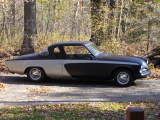 ,
, 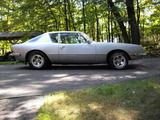
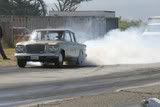
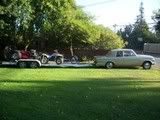
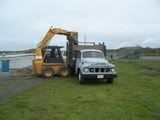
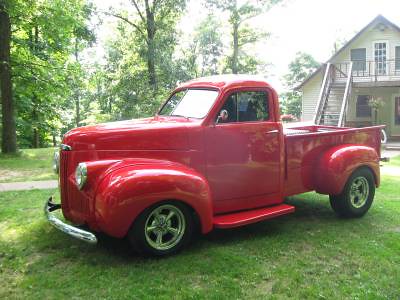
Comment